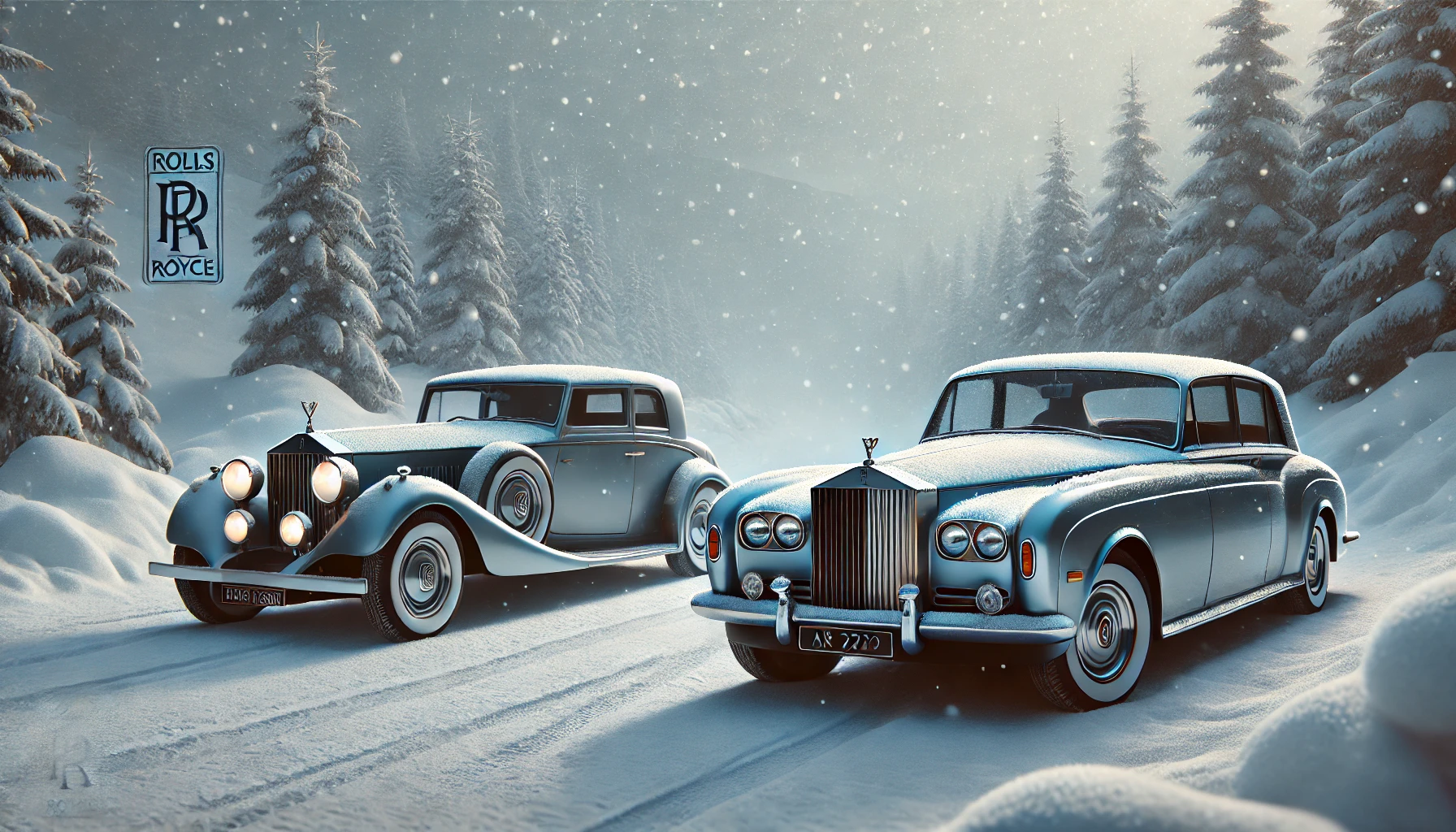
When one hears the name Rolls-Royce, the words luxury, prestige, and engineering excellence instantly come to mind. Since its inception, Rolls-Royce has established itself as one of the most iconic and revered automobile and engineering brands in the world. Its journey, which began in the early 20th century, is a testament to innovation, craftsmanship, and an unwavering commitment to quality.
Founding and Early Years
The foundation of Rolls-Royce traces back to the meeting of two visionary men: Charles Rolls and Sir Henry Royce. On May 4, 1904, the two met in Manchester, England, and realized they shared a common ambition—to build the finest automobiles in the world. At the time, Henry Royce, an engineer and businessman, had already developed a reputation for quality craftsmanship with his two-cylinder Royce 10. Impressed by the vehicle’s engineering, Charles Rolls, a car dealer and enthusiast, agreed to sell as many as Royce could produce under the name Rolls-Royce.
The formal establishment of Rolls-Royce Limited occurred on March 15, 1906. The company quickly gained traction, and in 1908, it set up a new factory in Derby, England. The first major milestone came with the launch of the 40/50 hp model, which was later nicknamed the Silver Ghost. This model, introduced in 1907, gained widespread acclaim for its unparalleled reliability and luxury.
Innovation and Reputation
Rolls-Royce became synonymous with reliability and superior engineering. The Silver Ghost was even dubbed "the best car in the world" due to its exceptional performance in endurance trials. The vehicle’s ability to run smoothly over long distances without breaking down set a benchmark for automobile manufacturers worldwide.
During World War I, Rolls-Royce expanded beyond automobiles and ventured into aircraft engine manufacturing. This move proved strategic, as it not only contributed significantly to the war effort but also established the company as a key player in aviation engineering—a legacy that continues today.
Acquisition of Bentley and Post-War Era
In 1931, Rolls-Royce acquired Bentley Motors, another prestigious British automaker. This acquisition strengthened Rolls-Royce’s position in the luxury car market, with Bentley models often sharing components with Rolls-Royce vehicles.
After World War II, the company continued to innovate despite economic challenges. The introduction of the Phantom IV, exclusively built for royalty and heads of state, further reinforced Rolls-Royce’s image as the epitome of luxury. The Phantom series remains an enduring symbol of exclusivity and prestige today.
Challenges and Restructuring
Despite its success, Rolls-Royce faced financial difficulties in the late 1960s, largely due to the development of the RB211 jet engine. The company was nationalized in 1971, separating its aerospace and automobile divisions. In 1987, the Rolls-Royce automobile business was privatized once again and later became part of BMW in 1998. This transition allowed Rolls-Royce to continue crafting exceptional luxury vehicles while benefiting from BMW’s modern engineering capabilities.
Rolls-Royce in the Modern Era
Today, Rolls-Royce Motor Cars is headquartered in Goodwood, England, where each vehicle is meticulously handcrafted. The brand remains a symbol of luxury and prestige, embraced by royalty, celebrities, and world leaders. Iconic models such as the Phantom, Ghost, Wraith, and Cullinan continue to set new standards for high-end automobiles.
Cultural Influence
Beyond its engineering excellence, Rolls-Royce has become a status symbol, appearing in countless films, music videos, and high-profile events. From John Lennon’s customized Phantom V to elite chauffeur-driven Rolls-Royces seen worldwide, the brand represents the pinnacle of sophistication.
Rolls-Royce and Chauffeur Services
Given its reputation, Rolls-Royce has naturally become the preferred choice for luxury chauffeur services. Platforms like www.vipridehub.world provide an innovative way for passengers to connect with professional chauffeurs, offering an experience that matches the grandeur of the Rolls-Royce name. Whether for a corporate event, wedding, or VIP transportation, services like VIP Ride Hub ensure that clients travel in the highest level of comfort and style.
Looking to the Future
As Rolls-Royce moves forward, it continues to push boundaries with electric and autonomous vehicle technology. The launch of the Rolls-Royce Spectre, the brand’s first fully electric vehicle, signals a bold step toward a more sustainable yet equally luxurious future. The company remains committed to innovation while preserving the craftsmanship and heritage that make Rolls-Royce unique.
Conclusion
From its humble beginnings in 1904 to its status as a global icon of luxury, Rolls-Royce has built an enduring legacy. Whether through its automobiles, aircraft engines, or cultural impact, the name Rolls-Royce will always be associated with excellence, prestige, and unmatched quality. And for those looking to experience this legacy firsthand, www.vipridehub.world provides a gateway to luxury chauffeur services, ensuring that every journey is as prestigious as the car itself.